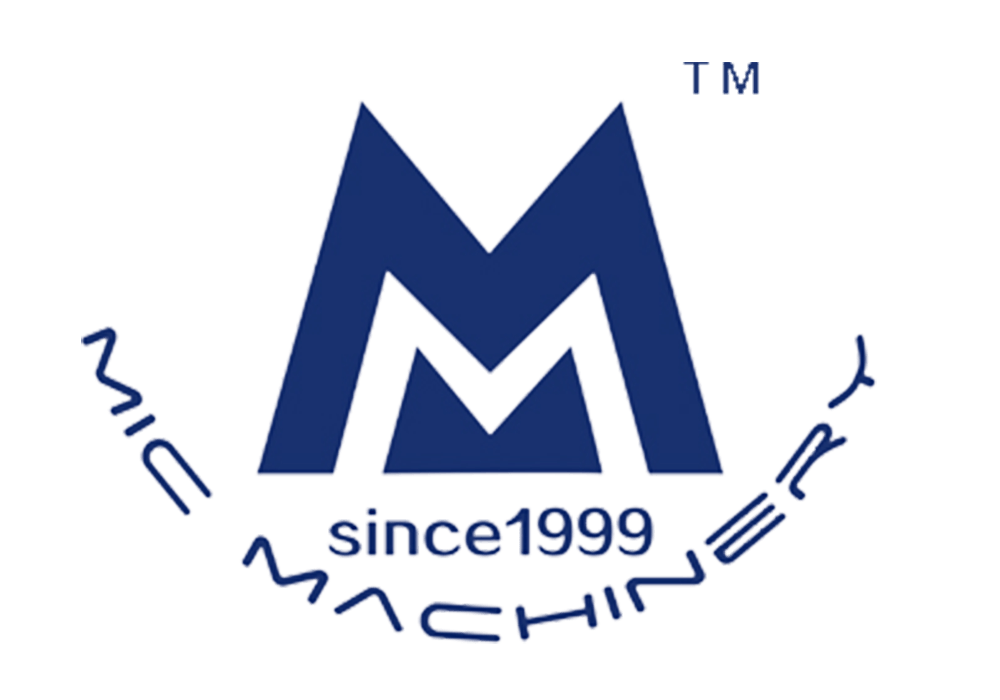Sauce Filling Machine Buying Guide: Budget, Speed & Sauce Type
2025-07-11
Sauce Filling Machine Buying Guide: Budget, Speed & Sauce Type
Scaling your sauce production requires a strategic investment in the right sauce filling machine. With countless models on the market—from tabletop semi automatics to fully integrated, high speed lines—understanding how budget, throughput, and sauce characteristics interact is essential. This guide breaks down each factor in depth, helping you make a smart choice that maximizes efficiency, consistency, and return on investment.
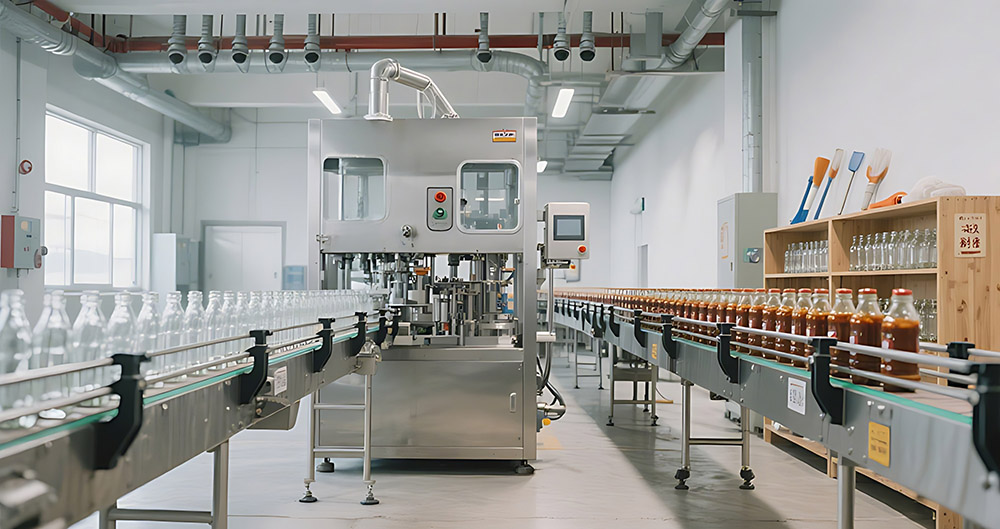
1. Budget Considerations and Total Cost of Ownership
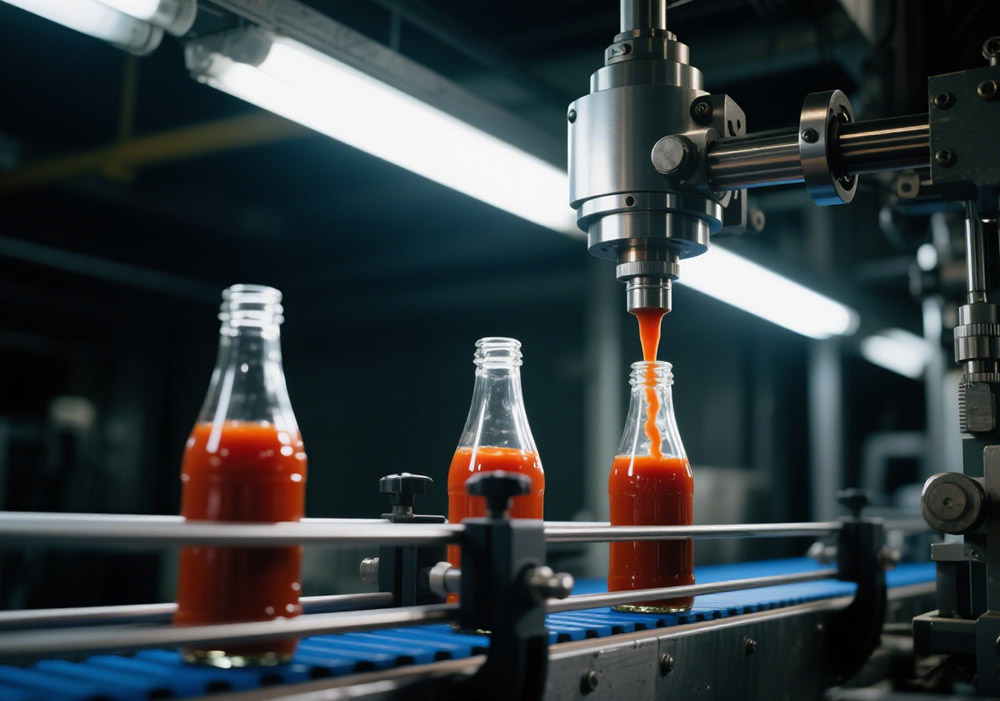
When evaluating a sauce filling machine, it’s tempting to focus solely on the purchase price. However, true cost extends far beyond the sticker tag. A thorough Total Cost of Ownership (TCO) analysis considers capital outlay, operating expenses (OPEX), maintenance requirements, and scalability. Start by defining your production goals and financial constraints: are you a startup testing small batches, or an established brand aiming for large scale output?
Initial Capital vs. Long Term Savings
Entry level semi automatic piston or gravity fillers can start around $5,000–$15,000. These machines suit boutique producers, offering precise fills at low volume but requiring manual loading, cleaning, and closer operator attention. By contrast, a mid range automatic single head line (~$20,000–$40,000) automates bottle indexing and nozzle activation, reducing labor costs and improving consistency. At the top end, multi head rotary or linear fillers—priced from $50,000 into six figures—deliver speeds exceeding 200 bottles per minute (BPM) while integrating seamlessly with cappers, labelers, and checkweighers. Though pricier, their rapid throughput and minimal giveaway often translate into faster payback periods.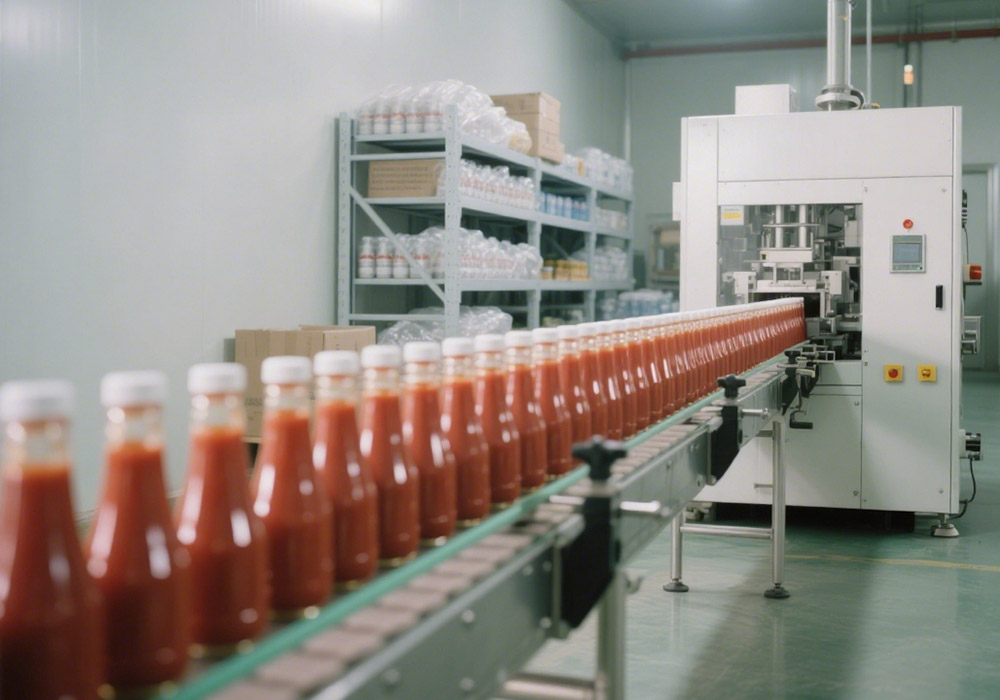
Operating Expenses (OPEX)
Labor is your largest ongoing cost. Every second an operator spends loading bottles, adjusting fill settings, or cleaning rinses against higher speed efficiencies. Automated CIP (Clean In Place) systems add water, chemical, and energy costs but slash sanitation time from hours to minutes. Compare estimated daily utility usage—electricity for pumps, steam or hot water for CIP—to balance those expenses against labor savings.Maintenance, Spare Parts, and Downtime
Downtime can cripple production. Ensure your supplier stocks critical wear parts—seals, gaskets, nozzles—with rapid shipping. Stainless steel contact parts and FDA approved seals resist corrosion and abrasion, stretching service intervals. A standard 12–24 month warranty on mechanical and electrical components gives peace of mind, but verify costs for extended coverage or on site service contracts.Scalability and Financing Options
If growth is on the horizon, opt for modular machines that allow adding lanes or filling heads later. Leasing or financing programs can preserve working capital, spreading payments over the machine’s useful life while enabling tech upgrades without hefty upfront investments. Accelerated depreciation incentives in many jurisdictions also make capital purchases more attractive.2. Throughput & Speed Requirements
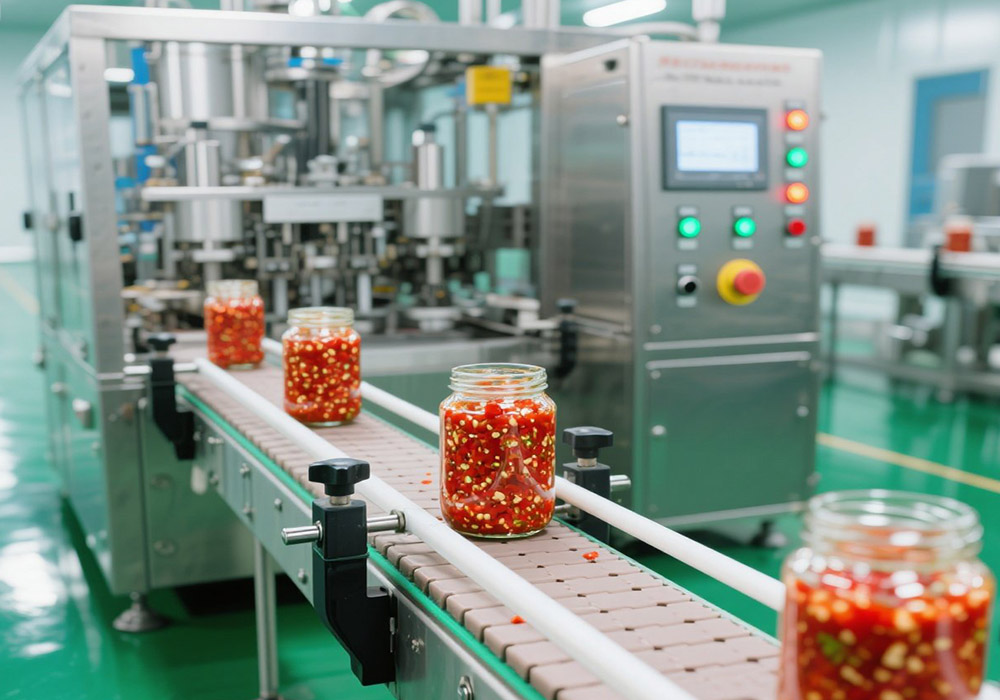
Throughput—measured in bottles or jars per minute (BPM)—directly impacts your production capacity and margin potential. Underfilling slows revenue; overinvesting in needless speed wastes capital. Align your target BPM with realistic operating conditions to avoid bottlenecks and ensure sustainable growth.
Low Volume Artisanal Runs (10–30 BPM)
Small batch producers, artisan kitchens, and research and development labs benefit from semi automatic piston, volumetric cup, or gravity fillers in this range. Operators manually index containers and trigger fills, enabling the flexibility to handle numerous recipes and container shapes. While labor intensive, these machines excel at short runs and frequent changeovers, taking 15–30 minutes to switch nozzle assemblies and recalibrate fill settings.
Mid Scale Production (30–100 BPM)
Regional distributors and growing brands typically fall into this bracket. Single head automatic fillers integrated with conveyor systems index bottles electronically, allowing unattended filling for moderate durations. Look for recipe memory functions—storing fill volume, speed ramp settings, and nozzle positions—to reduce changeover time to under five minutes. Mid speed fillers strike an optimal balance between flexibility and automation, letting you ramp from 5,000 to 50,000 units per day with minimal manual intervention.
Low Volume Artisanal Runs (10–30 BPM)
Small batch producers, artisan kitchens, and research and development labs benefit from semi automatic piston, volumetric cup, or gravity fillers in this range. Operators manually index containers and trigger fills, enabling the flexibility to handle numerous recipes and container shapes. While labor intensive, these machines excel at short runs and frequent changeovers, taking 15–30 minutes to switch nozzle assemblies and recalibrate fill settings.
Mid Scale Production (30–100 BPM)
Regional distributors and growing brands typically fall into this bracket. Single head automatic fillers integrated with conveyor systems index bottles electronically, allowing unattended filling for moderate durations. Look for recipe memory functions—storing fill volume, speed ramp settings, and nozzle positions—to reduce changeover time to under five minutes. Mid speed fillers strike an optimal balance between flexibility and automation, letting you ramp from 5,000 to 50,000 units per day with minimal manual intervention.
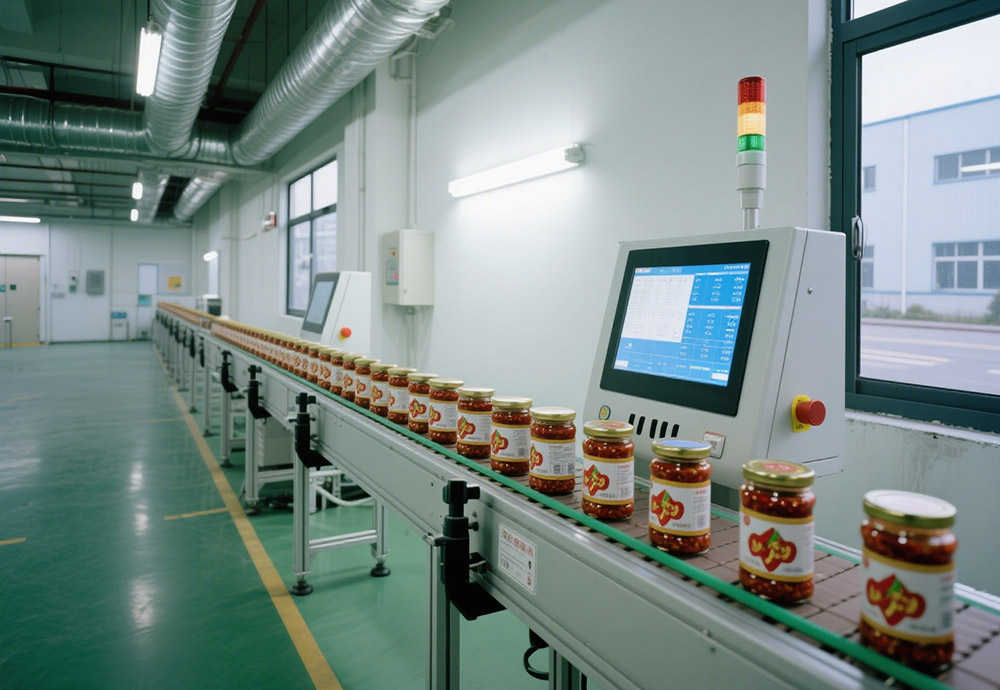
High Volume Manufacturing (100–500+ BPM)
For large condiment or sauce factories targeting six figure daily outputs, multi head rotary or linear fillers are indispensable. These machines feature parallel lanes or rotating carousels equipped with four, eight, or more filling heads, each synchronized with container indexing. Advanced PLC controls maintain precise volumetric dosing, while integrated sensors and vision systems detect misfills or spillage in real time. Expect quick connect nozzles and tool less adjustments for cleaning or head additions, ensuring you can scale capacity rapidly as demand surges.
Evaluating Real World Capacity
Manufacturers often quote peak BPM under ideal test conditions—thin liquids, perfect container alignment, and zero changeovers. In practice, factor in CIP cycles, container accumulation, label application, and quality checks, which can reduce effective throughput by 10–20%. Ask suppliers for uptime statistics and case studies featuring sauces with viscosities similar to yours to gauge true performance.
Changeover Efficiency vs. Maximum Speed
If your line handles multiple sauce varieties or container formats, prioritize machines designed for tool less nozzle swaps and programmable recipe recall over raw speed. Losing a few BPM in exchange for sub five minute changeovers can translate into higher overall daily output, especially on mixed product lines.
For large condiment or sauce factories targeting six figure daily outputs, multi head rotary or linear fillers are indispensable. These machines feature parallel lanes or rotating carousels equipped with four, eight, or more filling heads, each synchronized with container indexing. Advanced PLC controls maintain precise volumetric dosing, while integrated sensors and vision systems detect misfills or spillage in real time. Expect quick connect nozzles and tool less adjustments for cleaning or head additions, ensuring you can scale capacity rapidly as demand surges.
Evaluating Real World Capacity
Manufacturers often quote peak BPM under ideal test conditions—thin liquids, perfect container alignment, and zero changeovers. In practice, factor in CIP cycles, container accumulation, label application, and quality checks, which can reduce effective throughput by 10–20%. Ask suppliers for uptime statistics and case studies featuring sauces with viscosities similar to yours to gauge true performance.
Changeover Efficiency vs. Maximum Speed
If your line handles multiple sauce varieties or container formats, prioritize machines designed for tool less nozzle swaps and programmable recipe recall over raw speed. Losing a few BPM in exchange for sub five minute changeovers can translate into higher overall daily output, especially on mixed product lines.
3. Matching Sauce Viscosity & Formulation
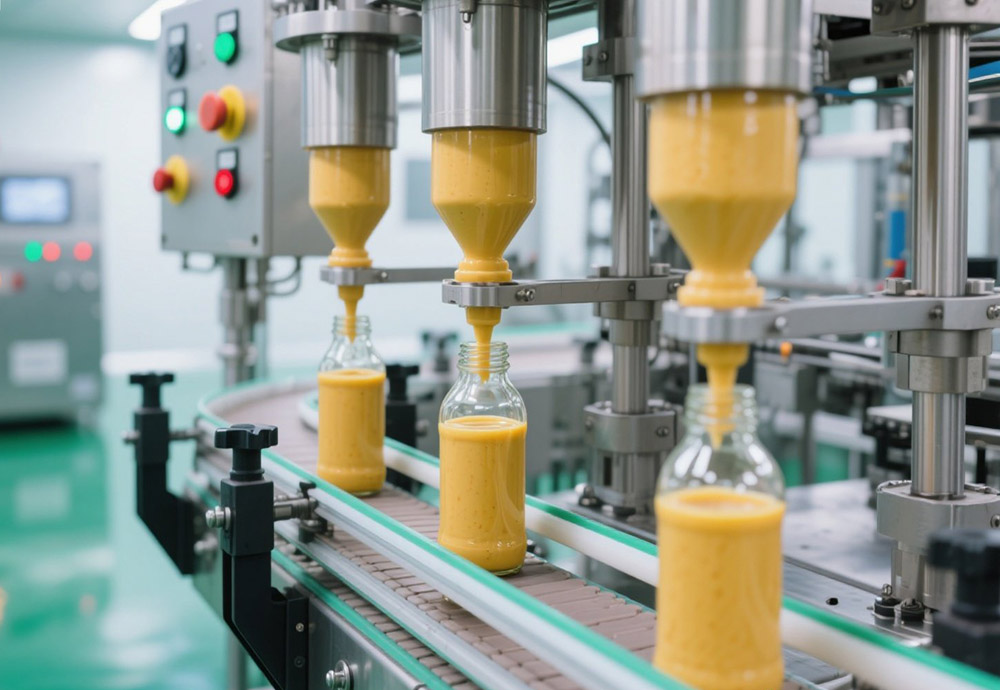
Sauce textures range from watery vinaigrettes to chunky salsas with solid particulates. Selecting a filling mechanism tailored to your sauce’s rheology ensures precise dosing, minimal foaming, and ingredient integrity—key factors for maintaining brand quality and customer satisfaction.
Low Viscosity Sauces (100–2,000 cP)
Products like salad dressings, oil based marinades, and watery gravies flow readily. Gravity fillers and time flow volumetric cup fillers excel here, offering gentle handling that minimizes foam and preserves delicate emulsions. Their simple design—often a stainless steel reservoir feeding into timed fill cycles—ensures fast cleanup and low maintenance. If your sauces contain light particulates (e.g., herbs), ensure the filler’s reservoir incorporates a gentle stirrer to keep solids suspended without damaging ingredients.
Medium Viscosity Sauces (2,000–10,000 cP)
Classic ketchup, barbecue sauce, and mayonnaise demand more robust pumping action. Gear pumps and piston fillers dominate this category, providing accurate volumetric dosing and consistent fill weights even as viscosity varies between batches. Piston fillers use positive displacement to measure exact volumes, while gear pumps deliver continuous flow with minimal shear—ideal for shear sensitive sauces where texture must remain uniform. Both types handle viscosities up to around 10,000 cP without sacrificing speed or accuracy.
Low Viscosity Sauces (100–2,000 cP)
Products like salad dressings, oil based marinades, and watery gravies flow readily. Gravity fillers and time flow volumetric cup fillers excel here, offering gentle handling that minimizes foam and preserves delicate emulsions. Their simple design—often a stainless steel reservoir feeding into timed fill cycles—ensures fast cleanup and low maintenance. If your sauces contain light particulates (e.g., herbs), ensure the filler’s reservoir incorporates a gentle stirrer to keep solids suspended without damaging ingredients.
Medium Viscosity Sauces (2,000–10,000 cP)
Classic ketchup, barbecue sauce, and mayonnaise demand more robust pumping action. Gear pumps and piston fillers dominate this category, providing accurate volumetric dosing and consistent fill weights even as viscosity varies between batches. Piston fillers use positive displacement to measure exact volumes, while gear pumps deliver continuous flow with minimal shear—ideal for shear sensitive sauces where texture must remain uniform. Both types handle viscosities up to around 10,000 cP without sacrificing speed or accuracy.
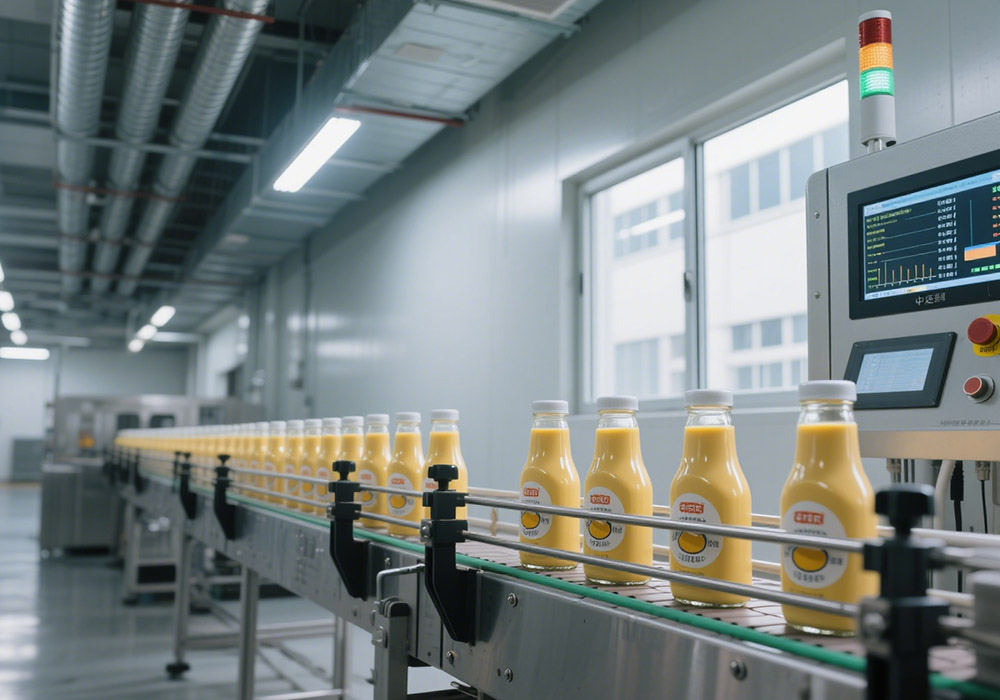
High Viscosity & Chunky Formulations (10,000+ cP)
Chunky salsas, chutneys, and sauces with diced vegetables require fillers designed for solid inclusions. Look for piston fillers with wide bore nozzles (20 mm or larger) and anti jamming designs that let chunks pass through unimpeded. Progressive cavity (Moineau) pumps can also handle high viscosity, particulated products, though they often operate at lower BPM compared to rotary or linear piston systems. When choosing, verify that internal surfaces have gentle slope angles to facilitate complete drain down during CIP, reducing cleanup time and product waste.
Shear Sensitivity & Ingredient Integrity
Some premium sauces feature fragile components—sun dried tomato bits, softened cheeses, or fresh fruit chunks—that must remain intact. Low shear piston fillers or peristaltic pump systems preserve ingredient structure, ensuring each jar or bottle delivers on visual appeal and mouthfeel.
Chunky salsas, chutneys, and sauces with diced vegetables require fillers designed for solid inclusions. Look for piston fillers with wide bore nozzles (20 mm or larger) and anti jamming designs that let chunks pass through unimpeded. Progressive cavity (Moineau) pumps can also handle high viscosity, particulated products, though they often operate at lower BPM compared to rotary or linear piston systems. When choosing, verify that internal surfaces have gentle slope angles to facilitate complete drain down during CIP, reducing cleanup time and product waste.
Shear Sensitivity & Ingredient Integrity
Some premium sauces feature fragile components—sun dried tomato bits, softened cheeses, or fresh fruit chunks—that must remain intact. Low shear piston fillers or peristaltic pump systems preserve ingredient structure, ensuring each jar or bottle delivers on visual appeal and mouthfeel.
Hygienic Design & Cleanability
Sauces, especially sugar-rich or dairy based formulations, can adhere to machine internals. Sanitary fittings (tri clamp connections), sloped reservoirs for complete drain down, and quick release nozzles and seals speed CIP cycles. Certifications like 3A or EHEDG demonstrate compliance with strict sanitary design standards.
Sauces, especially sugar-rich or dairy based formulations, can adhere to machine internals. Sanitary fittings (tri clamp connections), sloped reservoirs for complete drain down, and quick release nozzles and seals speed CIP cycles. Certifications like 3A or EHEDG demonstrate compliance with strict sanitary design standards.
Choosing the optimal sauce filling machine hinges on a balanced assessment of budget, throughput requirements, and sauce formulation. By delving into Total Cost of Ownership, aligning true production speeds with machine capabilities, and matching filling technology to your sauce’s viscosity, you’ll secure a solution that drives efficiency, consistency, and long term growth. Invest wisely today for flavorful success tomorrow.
